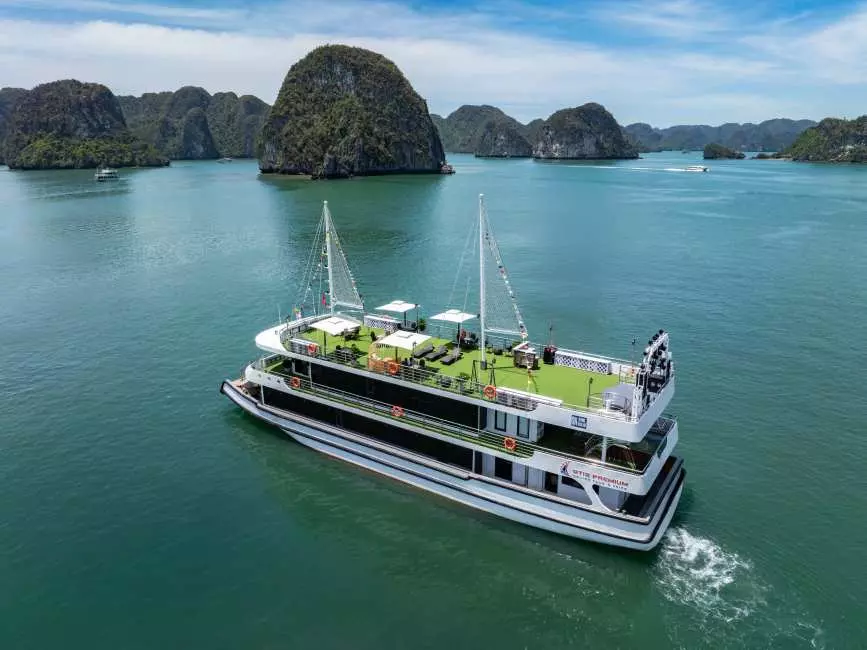The Gothenburg Archipelago is made up of more than 20 islands, dotting Sweden’s western coastline. Each island has its own particular character and charm, but all of them offer a peaceful respite from city life.
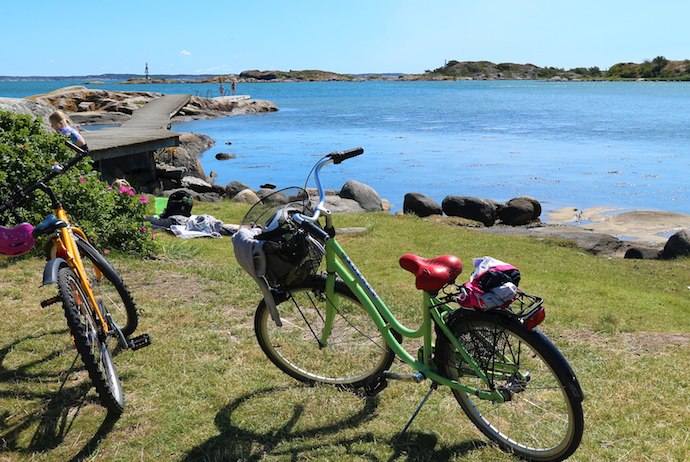
Many of the islands can easily be explored on a day trip from Gothenburg. But, if you have the luxury of time, it’s worth staying overnight or doing a spot of island-hopping. Here’s our pick of the seven best islands to visit!
Hönö
Hönö island lies in the northern archipelago, with Hönö Klåva harbour acting as the island’s main hub.
You can get your bearings and a bird’s eye view of Hönö and neighbouring islands from Hönö Vattentorn, a water tower and observation deck on Utsiktsvägen, a 10-minute walk north of Hönö Klåva.
Or you can simply chill out on Jungfruviken beach, a 25-minute walk from Hönö Klåva and the perfect place for a dip and a picnic.
There’s loads of other fun stuff to do on this island, with boat trips being the main draw.
From spring to early autumn, you can go crab or mackerel fishing, set sail on a seal safari or cross over to the island of Vinga, a windswept outcrop that’s home to a pretty lighthouse.
Late autumn is the best time for lobster fishing. Both Hönö Boat Trips and Kastor Boat Trips run day trips, but they are popular, so book in advance.
If you fancy spending a night or two on Hönö, Skärgårdshotellet Hönö has sea-facing rooms with patios, while the neighbouring Klovabo Bed & Breakfast is a cheaper alternative in the same great location.
Popular restaurants Tullshuset, Franses and Lilling Cottage are all located nearby too.
Getting to Hönö
A ferry runs year-round approximately every ten minutes at peak time from Lilla Varholmen in Gothenburg to Hönö Pinan Färjeläge, taking around 12 minutes.
In summer (23 June – 13 August) the Hönötrafiken ferry from Stenpiren in Gothenburg runs approximately four times daily to Hönö Klåva, taking about an hour.
This seasonal service is not included in the Västtrafik network so you’ll have to buy tickets separately: one way journeys cost about 95 SEK (55 SEK for 8–16s).
Vinga
Gothenburg’s westernmost island, Vinga, is just 1km long and 500m wide, so it can comfortably be explored on foot.
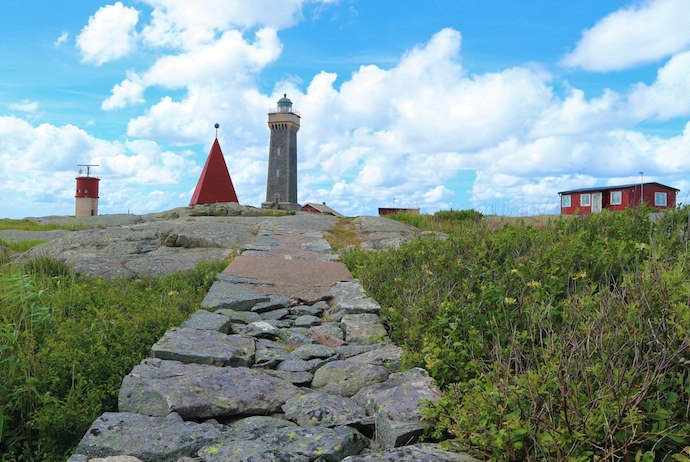
A short walk from the harbour brings you to its picturesque lighthouse, built in 1840. Nearby, a small path leads to a quiet bathing spot.
For a bit of history, visit the Evert Taube museum, dedicated to the life and work of the musician who was born and raised on Vinga in the late 19th century.
Getting to Vinga
Hönö Boat Trips and Kastor Boat Trips run three-hour trips from Hönö, with a ninety-minute stop on
Vinga. Look out for seals along the way.
From Gothenburg, the best way to get here is on a guided boat tour from Lilla Bommen or a Rib ride with Event Yacht Charter. Both depart from Lilla Bommen harbour in the city.
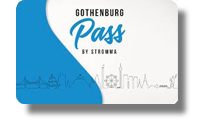
Is the Gothenburg Pass worth buying?
Read this guide to see how much you could save during your trip!
Tours to the Gothenburg Archipelago
If you’d rather not travel independently, there are some great guided tours to the archipelago from downtown Gothenburg. Try this two-and-a-half-hour guided trip, which takes you past Älvsborg Fortress. Or jump on this half-day tour to Vinga, with a full hour to explore the island at your own pace.
This four-hour tour round Hisingen island, Sweden’s fifth largest island, takes in the River Göta, River Nordre, Björkö Fjord and Gothenburg harbour. Alternatively, splash out on a private boat tour of the city and archipelago, with your own personal guide who will pick you from your hotel.
Styrsö
The main appeal of Strysö, in the southern archipelago, is
its beaches to chill on and wooded forests to hike in.
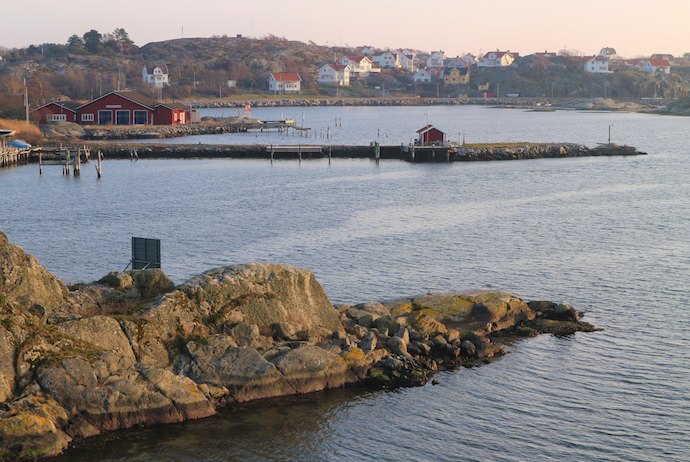
The sandy beach at Brattenbadet, near the Styrsö Bratten harbour, is popular with families, while Stora Ros, the island’s highest point, provides stunning 360-degree panoramic views of the entire archipelago. It’s just a 25-minute walk north of Strysö Skäret harbour.
If you’re feeling hungry, grab some Swedish pastries from Café Obergska near Strysö Bratten harbour.
There are limited accommodation options on Strysö, but you can walk over the bridge to Donsö island (see below), where you’ll find a bigger selection of places to stay.
Getting to Styrsö
Ferries 281 and 282 run roughly hourly from Saltholmen to Styrsö Bratten harbour, taking about 25 minutes. Ferry 281 also runs a stopping service, which calls in at Styrsö Skäret harbour after about 15 minutes.
Getting to the Gothenburg Archipelago
The archipelago is divided into two main sections: known as the northern and southern archipelagos respectively.
The southern islands are car free, and best explored on foot or by bike. They are closer to Gothenburg and, with more public ferry options, much easier to access.
Whichever option you go for, getting to the islands is part of the fun – hop on a ferry and enjoy great views along the way.
Ferries leave throughout the year from various ports in Gothenburg, and they’re included in the Västtrafik public transport network. A 90-minute ticket costs 35 SEK. A one-day Zone 1 pass, which covers most of the islands, costs 115 SEK, and a three-day pass is 230 SEK.
Although the islands can be visited anytime, summer is the best time to explore the archipelago. If you do go out of season, check ahead; some shops and restaurants close outside summer, or have limited operating hours.
Donsö
Connected to neighbouring Styrsö by bridge, Donsö is known for its distinctive rows of fisherman’s huts painted in Falu red paint near the harbour.
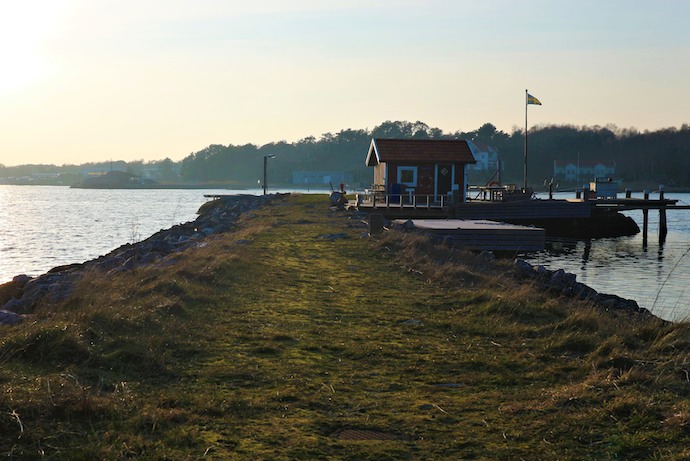
If you fancy a swim, head to the beach at Lökholmen island,
a 15-minute walk east of the harbour, where you can jump into the sea from a
jetty deck.
In early August, Donsö comes alive with its annual harbour party, Donsö Hamnfest. Vendors take over the red cabins along the harbour, while water games and live music add to the atmosphere.
If you fancy staying, the Isbolaget hotel has sea views, and its restaurant serves up tasty affordable seafood dishes. Families or groups of friends may prefer this large self-catering holiday house, with a lovely sea-view deck.
Getting to Donsö
Ferry 281 from Saltholmen runs approx hourly from Gothenburg, taking about 20–30 minutes.
Brännö
One of the southern archipelago’s liveliest islands, Brännö has plenty to do even if the weather is not kind.
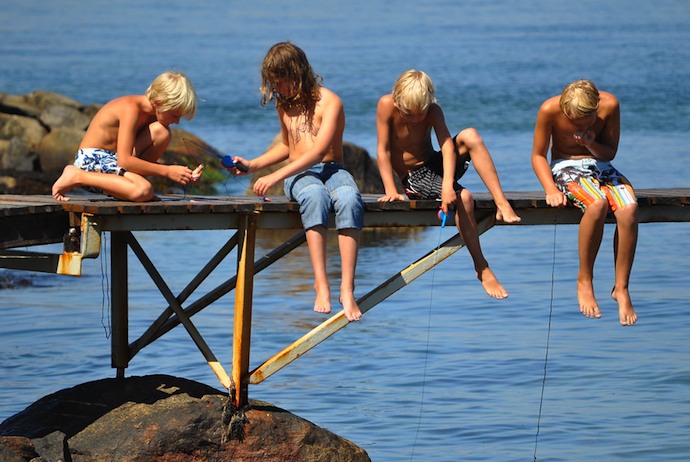
You can visit the Bränno Lagårds Museum to learn about the island’s history and pick up some second-hand books, or rent a bike in summer and explore the island..
The nearby Bränno Värdshus, dating back to the early 1900s, is a great spot to indulge in some homemade pastries.
And if you need some exercise after that, head across the footbridge to explore the Galterö island nature reserve with its grazing sheep.
The best time to visit Brännö is on a Thursday in summer, when you’ll see the island at its most vibrant. It’s known for its free jetty dances with live music at Brännö Brygge (June to mid-August every Thursday 7.30–10pm).
The Brännö Varv Café & Bar is a popular chill-out spot with music performances in summer and a B&B if you want to stay the night.
Getting to Brännö
Ferry 283 leaves from Saltholmen hourly bound for Brännö Rödsten harbour (near Brännö Varv Café & Bar), while ferry 282 leaves Saltholmen six times a day bound for Brännö Husvik harbour (near Brännö Brygge).
The journey to Brännö Rödsten takes about 20 minutes and the trip to Brännö Husvik takes about 50 minutes.
Vrångö
The car-free island of Vrångö is the southernmost inhabited island in the Gothenburg Archipelago – though its permanent population numbers less than 400 residents!
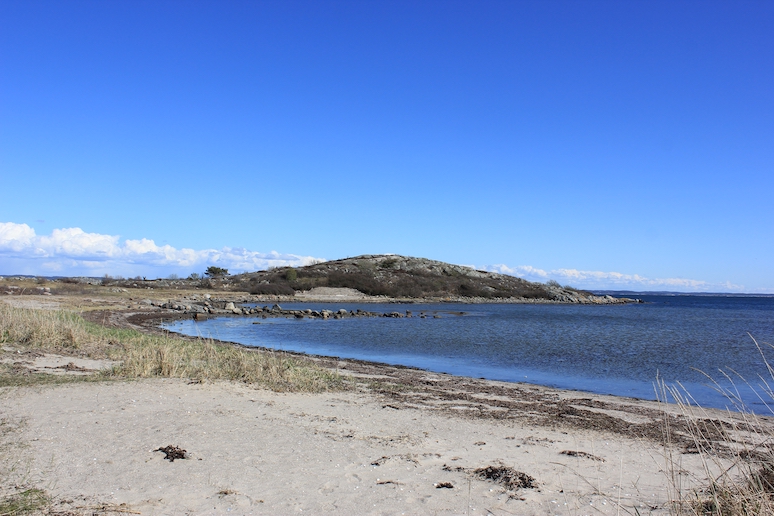
It lies to the south of Donsö and is a popular place for Swedes to come to chill out, walk in the nature reserves and swim at its peaceful sandy beaches.
It still has an active fishing community – and local boats will take wannabe fisherfolk out to try their hand at catching lobsters, langoustine and crabs.
If you don’t fancy catching your own seafood, Hamnkrogen Lotsen serves up delicious local seafood, as well as coffees, burgers and sandwiches on a terrace overlooking the sea.
This being Sweden, Vrångö is also home to a floating sauna with outdoor hot tub where you can warm up after a chilly dip in the sea. Or you can rent kayaks and explore the shoreline for yourself.
The Kajkanten Vrångö rents out a series of comfortable converted boathouses with sea-view decks that sleep up to 7 and are fully-equipped for self-catering.
Getting to Vrångö
Ferry 281 from Saltholmen runs approx hourly from Gothenburg, taking between 20–50 minutes.
Fotö
The small pretty island of Fotö in the northern archipelago is a quiet place to relax with plenty of swimming spots where you can easily escape the summer holiday-makers.
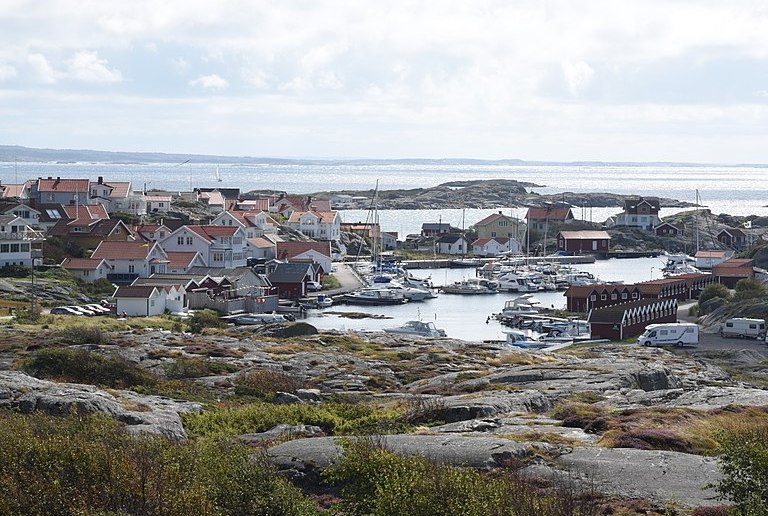
The Vivik Badplats is a popular bathing spot with diving boards and floating platforms to swim off.
Fotö has been a fishing community since the 17th century, and you can still see the pretty wooden fishing huts with red roofs that line the harbour.
The island is a popular destination for yachts and there’s little to do here, except walk, swim, chill out and enjoy the scenery.
This pretty wooden holiday cottage in the middle of the island is good value and sleeps four.
Getting to Fotö
Fotö lies to the south of Hönö and is connected to it by bridge.
The easiest way to get there is on the ferry from Lilla Varholmen to Hönö Pinan Färjeläge. From here, bus #2 runs to Fotö every thirty minutes or so, taking around 15 minutes.
Alternatively, you can get the Hönötrafiken ferry from Stenpiren (summer only: 23 June – 13 August) to Hönö Klåva, from where it’s a 30-minute walk to Fotö.
Wildlife you might spot
The Gothenburg archipelago is known for its birdlife birds, and you may spot species such as barnacle geese, Oystercatchers, sandpipers, plovers, razorbills, guillemots, herons and dunlin. If you’re lucky you may also see white-tailed eagles, ospreys or Arctic skua.
However, the main wildlife attraction is a seal colony, where you can see grey seals and their cubs basking on the rocks and swimming in the sea.
Boats trips between Hönö and Vinga pass by the colony, and you can sometime see seals swimming in the waters around the colony if you rent a kayak.
Alternative boat trips from Gothenburg
There are also plenty of other boat trips from Gothenburg that take you round the islands, but don’t actually stop on them.
This evening cruise round Hisingen includes a two-course dinner on the M/S Carl Michael Bellman, while you take in the sights of Gothenburg and its rivers.
Alternatively, tuck into a buffet brunch, while sailing round the archipelago on the historic ship, the M/S Göteborg. You’ll see the islands of Styrsö, Donsö and Brännö from the comfortable lounge or the wooden sun deck.
Islands further away
If you want to go further afield there are plenty of other islands north of Gothenburg that you can visit. The rugged, picturesque Bohuslän coast stretches from Gothenburg up to the Norwegian border with a string of atmospheric and pretty offshore islands.
Marstrand, Orust and the Väderöarna Islands, Sweden’s westernmost island group, are all worth exploring. For more on these and other offshore gems, see our guide to the best places to visit on Sweden’s west coast.
How long to spend in the islands
The main joy of these islands is simply to kick-back, chill out and adapt to the islanders’ pace of life. So if you only have a day, you’re better off sticking to one of the close islands such as Hönö, which can be reached by ferry in just 12 minutes!
Vrångö would be a good choice for a chilled weekend beak. It’s relatively quick to get to and small enough to easily explore in a couple of days.
If you’ve got time to spend longer, you could do bit of island-hopping and take in a few islands or head for one of the further afield islands, such as Rörö, the northernmost island in the northern archipelago.
Home to nature reserves and wildlife, it’s a good place to do some hiking, rent a kayak and relax on the beach.
